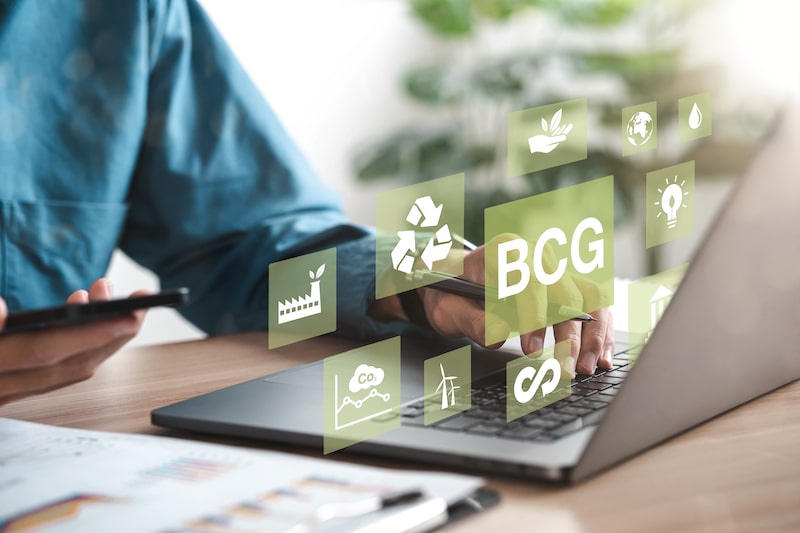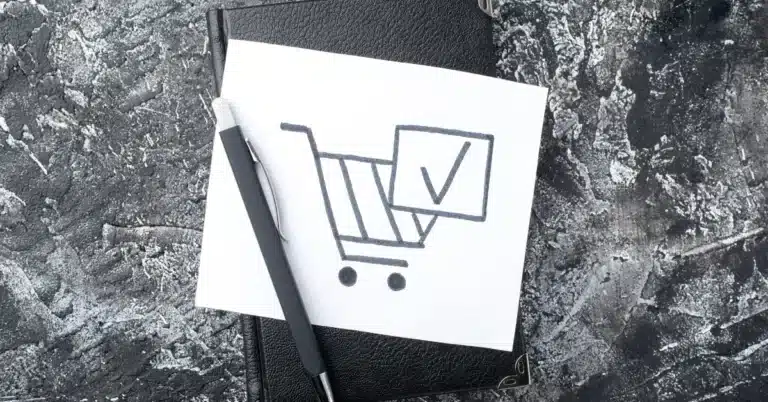Circular Economy and Sustainable Product Development
What is a sustainable product you may ask? The answer may seem obvious, but you will find out it is more complicated than you may imagine.
Creating and applying consistent approaches and methods for the upstream design of safe and sustainable products is essential as we move towards a circular economy. Doing so will improve product safety, reduce risks to human and environmental health, prevent pollution from products, support Europe’s transition towards low-carbon and circular economies, and ensure high-quality and credible items are made or imported for use in Europe. However, measuring the success of a circular strategy requires several tools and metrics.

Product development can be a time-consuming and costly endeavor that helps us to begin to answer the question of sustainability. Circular economy strategies enable products to last longer and be recycled or reused as often as possible, helping reduce environmental impacts and save resources while still providing high-quality items.
The Life Cycle Assessment method evaluates the environmental consequences of a circular strategy across all lifecycle phases, considering material and energy balances and any benefits it might provide compared to alternative approaches that could achieve the same objective. One of the primary difficulties this method faces is allocating benefits and burdens associated with a circular strategy between direct products and recycled or reused secondary items through a 0:100 approach, in which credits are given to recycled goods while responsibilities fall on primary goods. Another technique that can be employed in a circular strategy is applying the 50:50 approach, which accounts for both upstream and downstream recycled materials equally.
Circular Economy Examples
A circular economy is a sustainable approach to product development that emphasizes eliminating waste and pollution, keeping products in use, and regenerating natural systems. This method of product design has the potential to limit climate change, conserve resources, create jobs, and boost economic growth without endangering our planet’s environment. Some circular economy examples are taking steps to develop products that can be recycled and reused repeatedly, while others are creating business models offering products-as-a-service solutions. In addition, by making recyclable materials more accessible to manufacturers, there’s less need for extracting virgin resources since products with long lifespans are easy to repair or upgrade.
The circular economy stems from general systems theory, suggesting you can better utilize growth and energy in open systems. Good circular economy examples realize the need to reimagine their product-service systems from scratch to create new items. Some products need more value. Product managers must implement a circular business model.
What Is a Sustainable Product?

Many consumers ask, “What is a sustainable product?” and address sustainability by shopping for green and sustainable options that reflect their values and priorities. This trend isn’t limited to first-world countries either; many consumers in developing and emerging markets have begun shifting their shopping habits towards more environmentally responsible options.
Product design sustainability refers to any product’s ability to not negatively affect the environment or society during its lifecycle, from product development and material sourcing through manufacturing, use, and disposal.
What Influences Sustainability?
Sustainable products must have the potential for repurposing, recycling or composting at the end of their lifecycle. To achieve this, manufacture products from renewable, organic, or sustainable materials. Furthermore, a sustainable product is designed to eliminate waste throughout its lifecycle. It could involve creating new items from recycled materials, using smaller production batches, and ensuring the disposal of any leftover materials. Finally, for a product to have product design sustainability, it must be produced ethically with care for the health and safety of its workers. Doing this helps guarantee fair wages paid out to those involved in production.
Other aspects of a product’s life cycle can also influence sustainability. Producing and transporting a product far away can be an issue for companies that sell their goods internationally. Businesses can mitigate these effects by improving their supply chain and logistics systems to deliver goods to customers.
Some companies choose to promote their products based on their superior performance in life cycle assessment (LCA) studies or communicate their commitment to responsible labor, community, and worker health and safety practices throughout the production and distribution of their goods.
Product Design Sustainability

Product designers and engineering teams can significantly affect the planet by making sustainable design choices during development. They can create more durable, recyclable products with less environmental impact. In addition, they may find ways to reduce energy consumption and use materials with lower carbon footprints.
Sustainability is important because it affects both the environment and people’s health and helps companies increase revenue and profits. For example, 73% of manufacturing firms reported increased profits and revenues after adopting sustainable design practices.
One of the most efficient ways to increase a company’s sustainability is with digital twins. These software tools enable product engineers to quantify their products’ environmental tradeoffs, optimizing the design process. Furthermore, digital twins help companies better comprehend customer feedback, futureproof their products, manage risk, and enhance profitability. By doing this, they can design more efficient and sustainable product designs that appeal to consumers. Furthermore, they understand what materials are used and how they can be recycled, repaired, or disassembled when a product is no longer usable.
A more sustainable design strategy will minimize environmental impact and cost to the consumer, helping companies remain competitive in an increasingly challenging marketplace. Applying advanced approaches to sustainable product development in the circular economy doesn’t have to be complex. Keep your head spinning by tapping into Gembah’s network of product development experts, product launch experts, and more.



